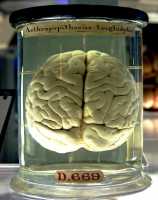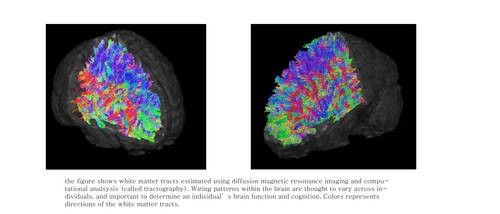MedicalResearch.com Interview with:
Ifat Levy, PhD
Associate Professor
Comparative Med and Neuroscience
Yale School of Medicine
MedicalResearch.com: What is the background for this study? What are the main findings?
Response: The proportion of older adults in the population is rapidly rising. These older adults need to make many important decisions, including medical and financial ones, and therefore understanding age-related changes in decision making is of high importance. Prior research has shown that older adults tend to be more risk averse than their younger counterparts when making choices between sure gains and lotteries. For example, asked to choose between receiving $5 for sure and playing a lottery with 50% of gaining $12 (but also 50% of gaining nothing), older adults are more likely than young adults to prefer the safe $5. We were interested in understanding the neurobiological mechanisms that are involved in these age-related shifts in preferences.
An earlier study that we have conducted in young adults provided a clue. In that study, we measured the risk preference of each participant (based on a series of choices they made between safe and risky options), and also used MRI to obtain a 3D image of their brain. Comparing the behavioral and anatomical measures, we found an association between individual risk preferences and the gray-matter volume of a particular brain area, known as “right posterior parietal cortex” (rPPC), which is located at the back of the right side of the brain. Participants with more gray matter in that brain area were, on average, more tolerant of risk (or less risk averse).
This suggested a very interesting possibility – that perhaps the increase in risk aversion observed in older adults is linked to the thinning of gray matter which is also observed in elders. In the current study we set out to test this hypothesis, by measuring risk preference and gray matter density in a group of 52 participants between the ages of 18 and 88. We found that, as expected, older participants were more risk averse than younger ones, and also had less gray matter in their rPPC. We also replicated our previous finding - that less gray matter was associated with higher risk aversion. The critical finding, however, was that
the gray matter volume was a better predictor of increased risk aversion than age itself. Essentially, if both age and the gray matter volume of rPPC were used in the same statistical model, rPPC volume predicted risk preferences, while age did not. Moreover, the predictive power was specific to the rPPC – when we added the total gray matter volume to the model, it did not show such predictive power.
(more…)




















